Healthcare Revenue Cycle Analytics: Optimizing RCM
In this blog we go over the different types of revenue cycle analytics, why they are important to track, and the challenges that come with them.

In 2022, U.S. healthcare spending grew a whopping 4.1 percent. This resulted in the healthcare system worth about 4.5 trillion USD!
Wildly enough, when it came to calculating the nation’s Gross Domestic Product, health spending made up just over 17%. Clearly, the healthcare system is not only essential for patient well-being but also one of the most complex and financially significant industries in the U.S, making revenue cycle processes a critical piece of practice management for health systems nationwide.
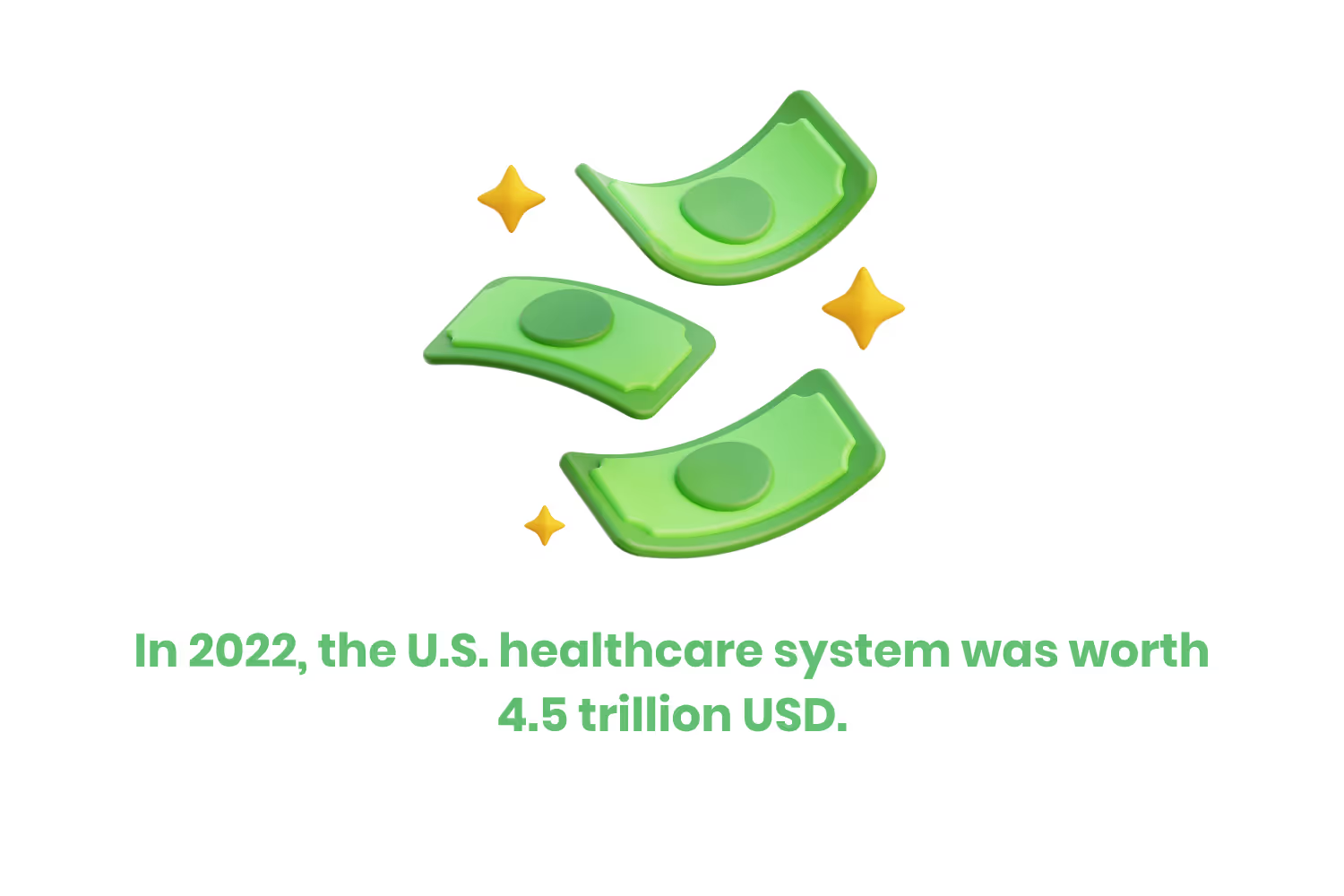
Let’s go over the different types of analytics in revenue cycle management (RCM), why they are important to track, and the challenges that come with them.
Revenue Cycle Management in Healthcare: What It Is and Why It Matters
The healthcare revenue cycle consists of both patient care and administrative processes. The entirety of it encompasses the lifespan of a patient account. Starting with scheduling the appointment and verifying insurance, to collecting revenue and more.
Any sort of disruption during any of these phases can lead to delayed payments or increased claim denials. That is why as a provider, you should not stop delivering outstanding patient care.
You must also be sure to keep up to date with and manage your healthcare RCM process, through every phase. Striving for efficiency and productivity, while relieving pressure from your administrative staff, is the goal for modern healthcare practices.
The entire revenue cycle directly impacts patient revenue, overall revenue, and ultimately financial outcomes.
Revenue Cycle Management Analytics: How Data Analytics Helps Optimize Revenue
Revenue cycle analytics is the process of gathering and analyzing financial data and administrative processes to optimize revenue collection. Instead of relying only on manual workflows, analytics allow healthcare organizations to pinpoint areas that need improvement and collect more revenue from existing processes.
In simpler terms, it turns raw data into actionable strategies for a stronger financial foundation, helping organizations enhance revenue while reducing inefficiency.
Key Metrics in Revenue Cycle Management Analytics
To get the most value, organizations should focus on a few essential metrics of revenue cycle analytics. These RCM analytics provide insights into key performance indicators that determine the health within the revenue cycle.
Claim Denial Rate:
The percentage of claims denied by payers. High denial rates slow revenue and increase administrative work. Analytics help identify denial reasons so healthcare practices can reduce errors and improve revenue capture.
Days in Account Receivable (A/R):
Accounts Receivable means the average days it takes to collect payment after services. A Longer A/R indicates inefficiency. Analytics track trends and bottlenecks, overall optimizing revenue cycle efficiency.
Revenue Leakage:
Revenue leaks is lost revenue that comes from underbilling,missed charges,or payment errors. The analytics offer visibility to prevent these losses, protecting the net revenue.
Patient Collections:
Patient collections is revenue that is collected directly from patients. The predictive modeling will identify patients that may be at risk of non-payment, help reduce patient payment follow up and improve cash flow.
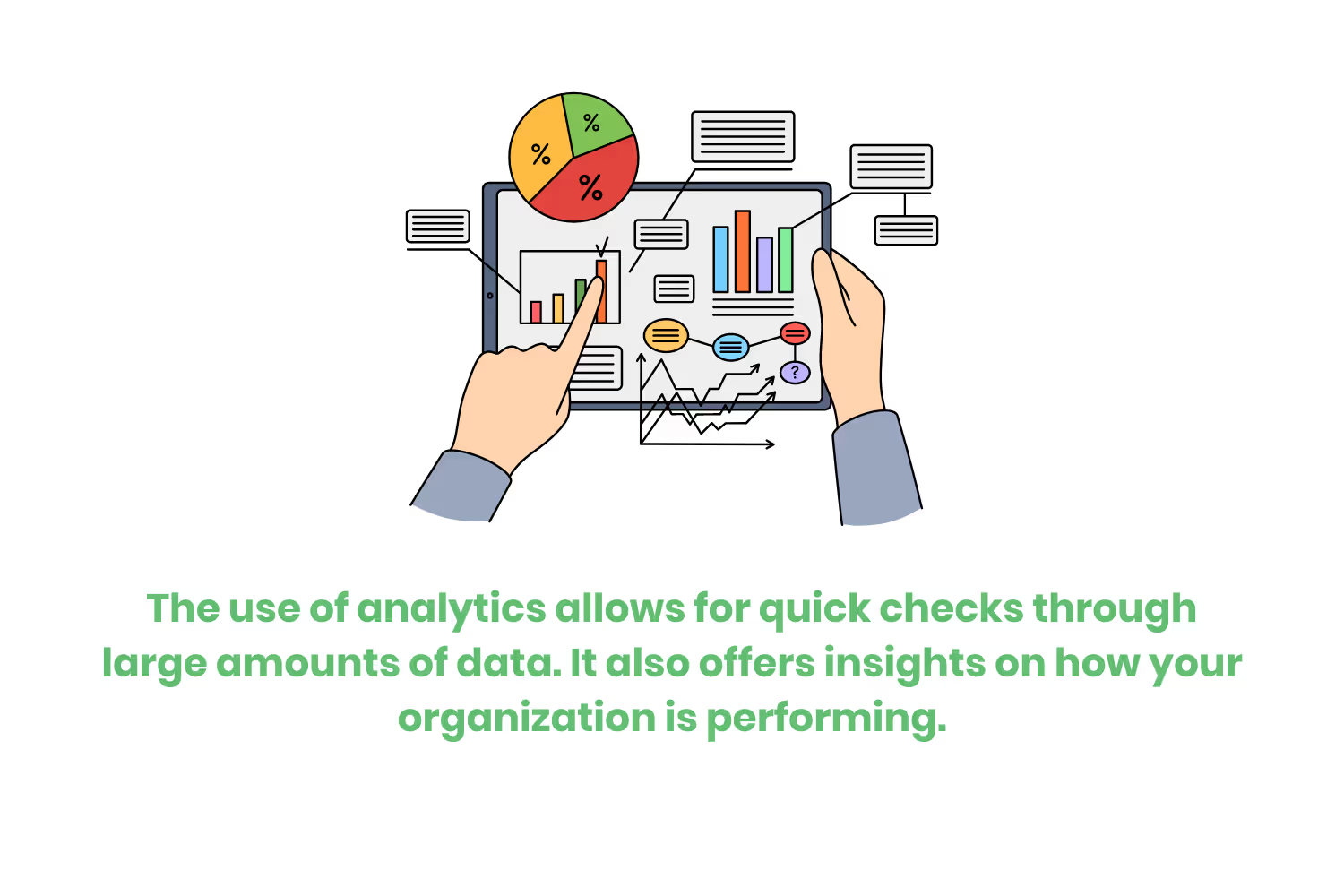
Common Challenges in Revenue Cycle Management (RCM)
Before getting into the analytics of it all, let’s talk about the challenges associated with the revenue cycle management (RCM). And why we need to pay extra attention to data and analytics in the first place. First and foremost, adhering to HIPAA compliance requirements should be at the top of your to-do list.
When analyzing data via whatever software you choose, you must also be sure to meet all guidelines to safeguard protected health information (PHI). The last thing healthcare organizations need is for a security breach to disrupt your revenue cycle even further. This could result in costly fines and a halt to all processes.
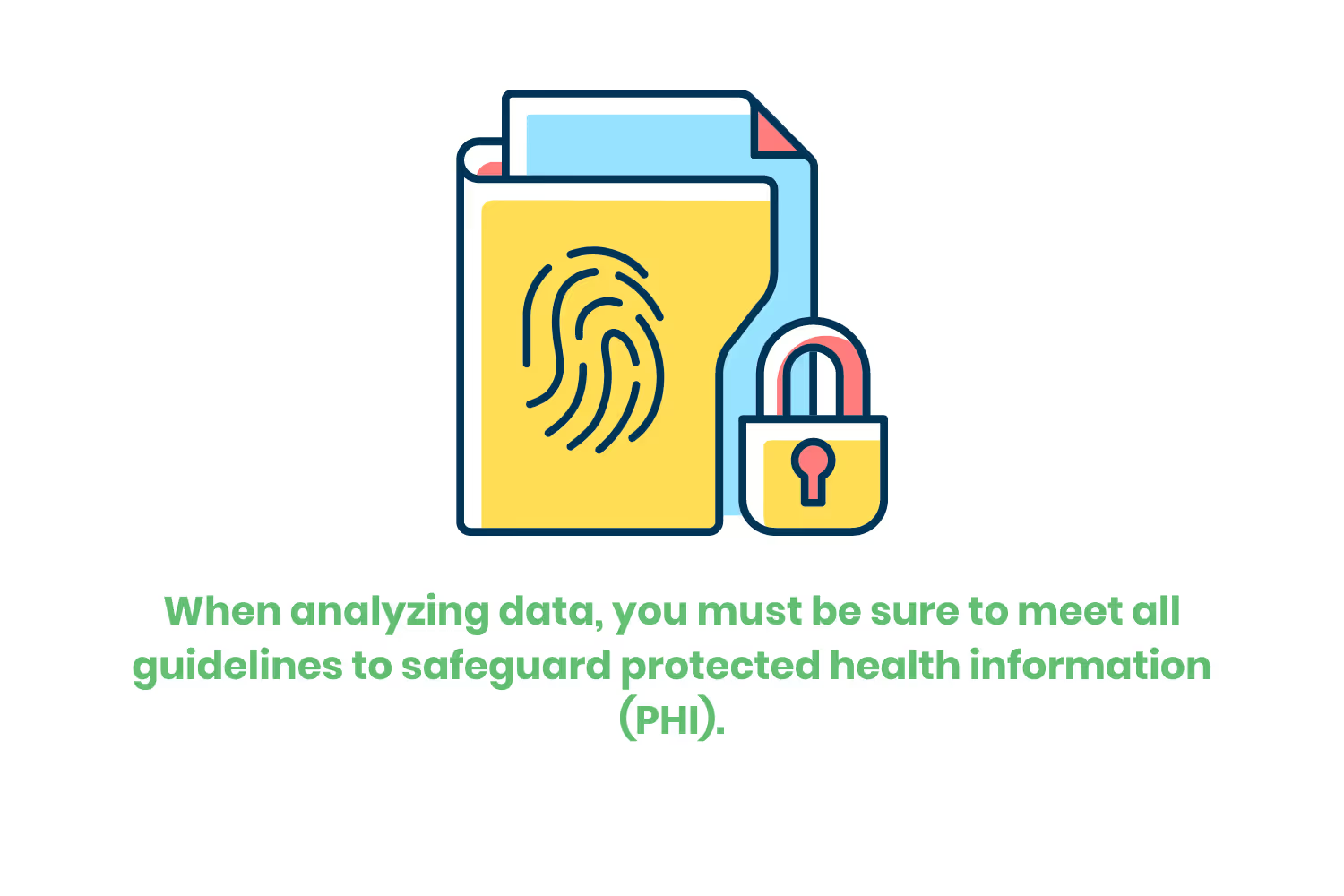
Make sure your medical coding and billing team is up to date. They should understand the current trends and industry standards. This is a large part of your healthcare revenue cycle. If left unchecked, it can lead to a revenue bottleneck. One of your main goals should be to reduce your claim denial rate while lessening the load of administrative work for your team. A goal made attainable by using advanced analytics and the right analytics tools to optimize workflows and reduce denials.
Finally, consider these other challenges that may appear in your day-to-day administrative work:
- Claims verification and resubmission.
- Credentialing.
- Value-based reimbursement.
- Lack of data-driven insights.
- Telehealth adoption.
As I mentioned earlier, revenue cycle analytics often assist clinicians and their staff with identifying potential problems within their revenue cycle. Let’s check out the different types of healthcare revenue cycle analytics and how they can help maximize your financial return.
Analytics in RCM: From Predictive Analytics to Real-Time Insights
There are a few different types of analytics in revenue cycle management that healthcare providers should know. Being able to leverage these types of analytics, you can more easily manage your revenue cycle. As well as pinpoint any issues or opportunities to make your process run smoother and strengthen your financial backbone.
The first is contract and payer analytics. This assists you in understanding the financial performance of any payer contracts and identifying opportunities for better revenue capture. More specifically, these analytics help you identify:
- Any problematic contracts.
- Any underpayments.
- Any trends, to negotiate more favorable terms.
Next, we have predictive analytics, which is pretty much how it sounds. These analytics utilize algorithms and predictive modeling to help identify the likelihood of future outcomes. This prediction comes from historical revenue trends and other data. An example of this kind of analytics might be taking historical data to predict whether a patient payment will arrive on time or not.
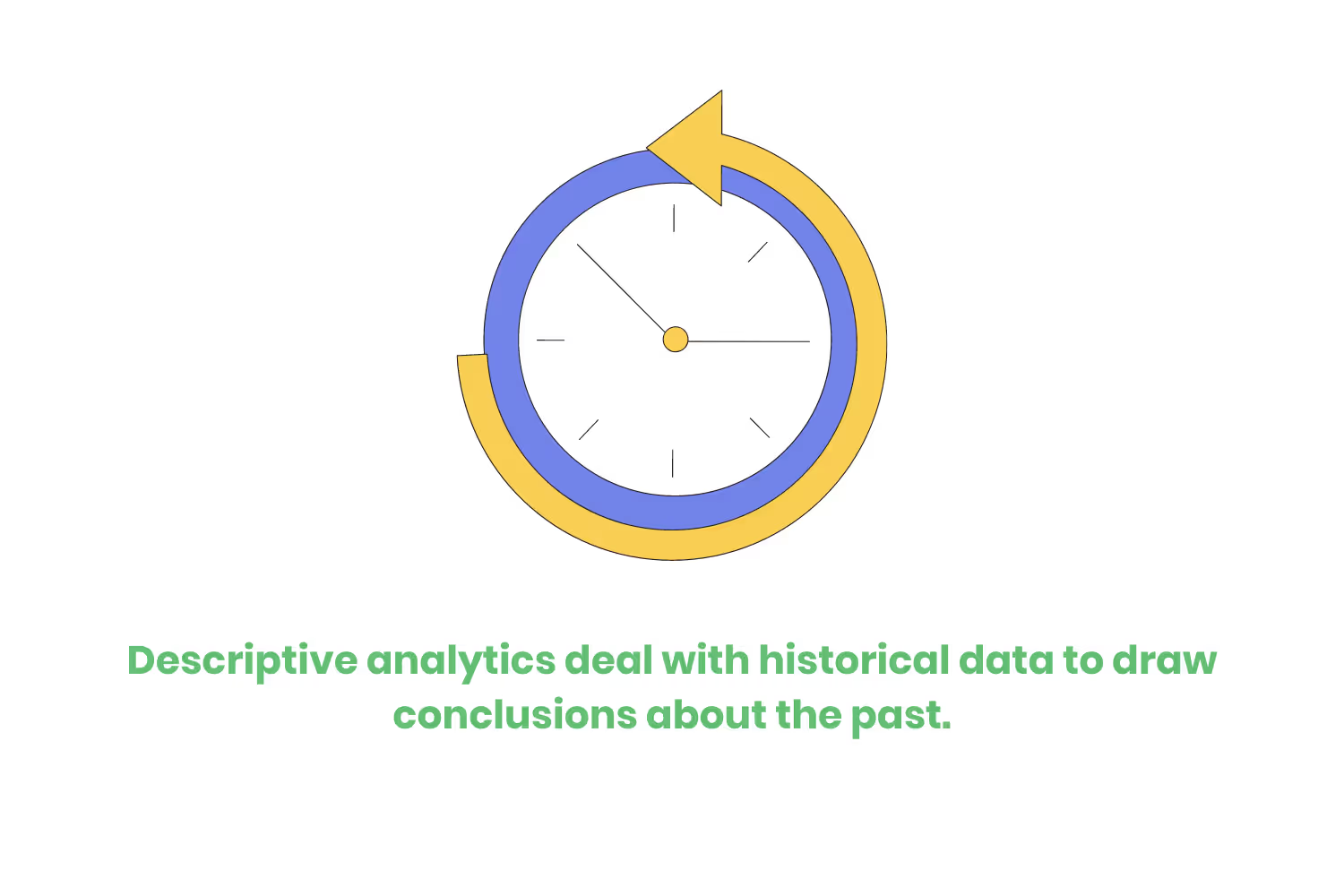
In a similar vein, descriptive analytics deals with historical data to conclude the past. Like looking at regularly occurring claim denials within the past few months. This is to reduce issues moving forward. Using data to identify common reasons for regular claim denials shows how to address and avoid denials going forward.
If you are looking for the best way to approach a patient about an unpaid bill, check out this next category of analytics. Prescriptive analytics help to recommend courses of action when making decisions. Namely, about the process in your revenue cycle management system. It accomplishes this by using different tools and techniques. All of which analyze your data before recommending the best strategy for moving forward.
If you are wondering what caused a certain outcome, then make sure to look into your diagnostic analytics. The “outcome” in this case can be anything from a late payment to a claim denial. Analyzing this data helps identify certain details, such as why certain claims are getting denied monthly.
Real-time analytics involves analyzing data in real-time… pretty self-explanatory, I know. But what does this mean in practice? Take for example when you fill out a new claim, these real-time analytics can flag issues before sending it to the insurer. A great way to preemptively avoid claim denials.
The last analytics type is comparative analytics. This involves comparing an organization’s revenue cycle performance with that of similar healthcare organizations. This is a great tool that can help identify where your organization can work on improvement.
The Benefits of Revenue Cycle Analytics for Healthcare Organizations
Using analytics in healthcare revenue cycles allows organizations to make data-driven decisions that improve both operations and patient care. These benefits include:
Enhanced Employee Efficiency:
Analytics provide insights that help your staff better understand the best way to streamline their workflow, reduce errors, and minimize wasted time. This not only improves productivity and revenue cycle efficiency, but also reduces employee frustration and turnover.
Improved Financial Performance:
Having a clear breakdown of your company’s financial obligations and activities enables better decision-making. This clarity helps prevent revenue leakage, manage claim denials, and ultimately optimizes net revenue.
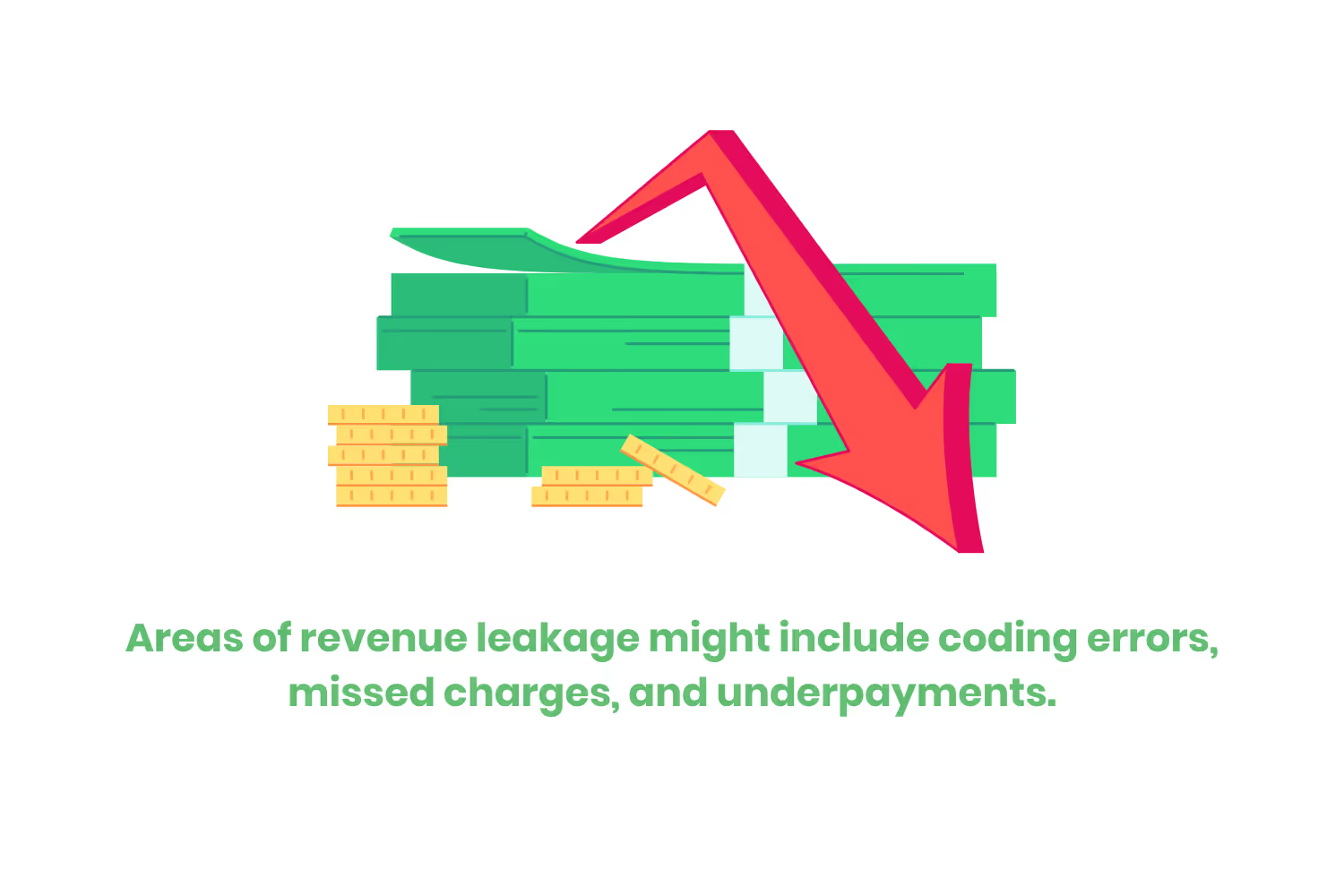
Better Patient Care:
When you successfully streamline administrative tasks, you have more time to focus on patient care. With this increased focus on patient care it leads to improved patient satisfaction helping increase patient retention and more timely patient payments.
Proactive Decision-Making:
Predictive and real-time analytics also allow healthcare organizations to anticipate potential issues, such as claim denials or delayed payments before they occur. This approach enables healthcare staff to prevent problems instead of reacting to them. Leveraging advanced analytics tools, health systems can anticipate issues, minimize inefficiency, and strengthen financial outcomes.
By turning raw data into actionable insights, revenue cycle analytics offers healthcare organizations a way to strengthen their financial health while delivering higher-quality patient care.
Conclusion: Implementing Revenue Cycle Analytics Solutions to Optimize Revenue Cycle Performance
It is not only the healthcare industry that takes advantage of data analytics. Organizations of all kinds use metrics and insights to boost efficiency and profitability. Due to the profitability related to healthcare finance and the industry as a whole, it is no surprise data analysis is at the forefront of everyone’s minds.
Navigating the complexities of the healthcare sector no longer leaves data analytics as simply an option. It is now a necessity for successfully managing your revenue cycle. It is a key feature when it comes to procuring long-term sustainability, as well as business growth.
Utilizing healthcare revenue cycle analytics is the way of the future. Technology is everywhere we look today and constantly evolving. This means the quality of your insights rests heavily on the type of software or analytics platform you use on a day-to-day basis.
Consider investing in a revenue cycle management system through a third-party company. This way, analytics are easily attainable and preemptively sorted for you for quick reference. Again, another tool to save your staff time and help streamline their workload. Ultimately, RCM analytics enhance revenue across the entire revenue cycle and help healthcare organizations ensure sustainable growth and better patient revenue management.
Emphasize your product's unique features or benefits to differentiate it from competitors
In nec dictum adipiscing pharetra enim etiam scelerisque dolor purus ipsum egestas cursus vulputate arcu egestas ut eu sed mollis consectetur mattis pharetra curabitur et maecenas in mattis fames consectetur ipsum quis risus mauris aliquam ornare nisl purus at ipsum nulla accumsan consectetur vestibulum suspendisse aliquam condimentum scelerisque lacinia pellentesque vestibulum condimentum turpis ligula pharetra dictum sapien facilisis sapien at sagittis et cursus congue.
- Pharetra curabitur et maecenas in mattis fames consectetur ipsum quis risus.
- Justo urna nisi auctor consequat consectetur dolor lectus blandit.
- Eget egestas volutpat lacinia vestibulum vitae mattis hendrerit.
- Ornare elit odio tellus orci bibendum dictum id sem congue enim amet diam.
Incorporate statistics or specific numbers to highlight the effectiveness or popularity of your offering
Convallis pellentesque ullamcorper sapien sed tristique fermentum proin amet quam tincidunt feugiat vitae neque quisque odio ut pellentesque ac mauris eget lectus. Pretium arcu turpis lacus sapien sit at eu sapien duis magna nunc nibh nam non ut nibh ultrices ultrices elementum egestas enim nisl sed cursus pellentesque sit dignissim enim euismod sit et convallis sed pelis viverra quam at nisl sit pharetra enim nisl nec vestibulum posuere in volutpat sed blandit neque risus.

Use time-sensitive language to encourage immediate action, such as "Limited Time Offer
Feugiat vitae neque quisque odio ut pellentesque ac mauris eget lectus. Pretium arcu turpis lacus sapien sit at eu sapien duis magna nunc nibh nam non ut nibh ultrices ultrices elementum egestas enim nisl sed cursus pellentesque sit dignissim enim euismod sit et convallis sed pelis viverra quam at nisl sit pharetra enim nisl nec vestibulum posuere in volutpat sed blandit neque risus.
- Pharetra curabitur et maecenas in mattis fames consectetur ipsum quis risus.
- Justo urna nisi auctor consequat consectetur dolor lectus blandit.
- Eget egestas volutpat lacinia vestibulum vitae mattis hendrerit.
- Ornare elit odio tellus orci bibendum dictum id sem congue enim amet diam.
Address customer pain points directly by showing how your product solves their problems
Feugiat vitae neque quisque odio ut pellentesque ac mauris eget lectus. Pretium arcu turpis lacus sapien sit at eu sapien duis magna nunc nibh nam non ut nibh ultrices ultrices elementum egestas enim nisl sed cursus pellentesque sit dignissim enim euismod sit et convallis sed pelis viverra quam at nisl sit pharetra enim nisl nec vestibulum posuere in volutpat sed blandit neque risus.
Vel etiam vel amet aenean eget in habitasse nunc duis tellus sem turpis risus aliquam ac volutpat tellus eu faucibus ullamcorper.
Tailor titles to your ideal customer segment using phrases like "Designed for Busy Professionals
Sed pretium id nibh id sit felis vitae volutpat volutpat adipiscing at sodales neque lectus mi phasellus commodo at elit suspendisse ornare faucibus lectus purus viverra in nec aliquet commodo et sed sed nisi tempor mi pellentesque arcu viverra pretium duis enim vulputate dignissim etiam ultrices vitae neque urna proin nibh diam turpis augue lacus.



![[ANSWERED] What is a Long-Term Care (LTC) Pharmacy](https://cdn.prod.website-files.com/67e2b8210878abcba6f91ae6/68d687806a075a1cf64659b0_WhatisLongTermCarePharmacy_925.avif)
